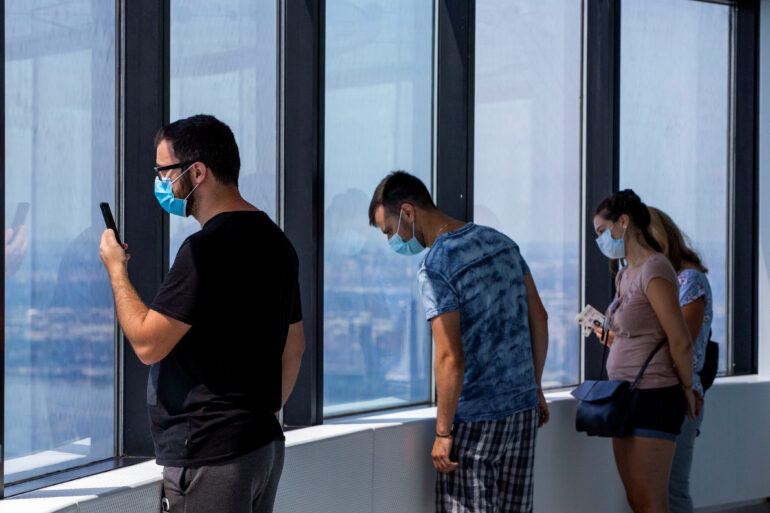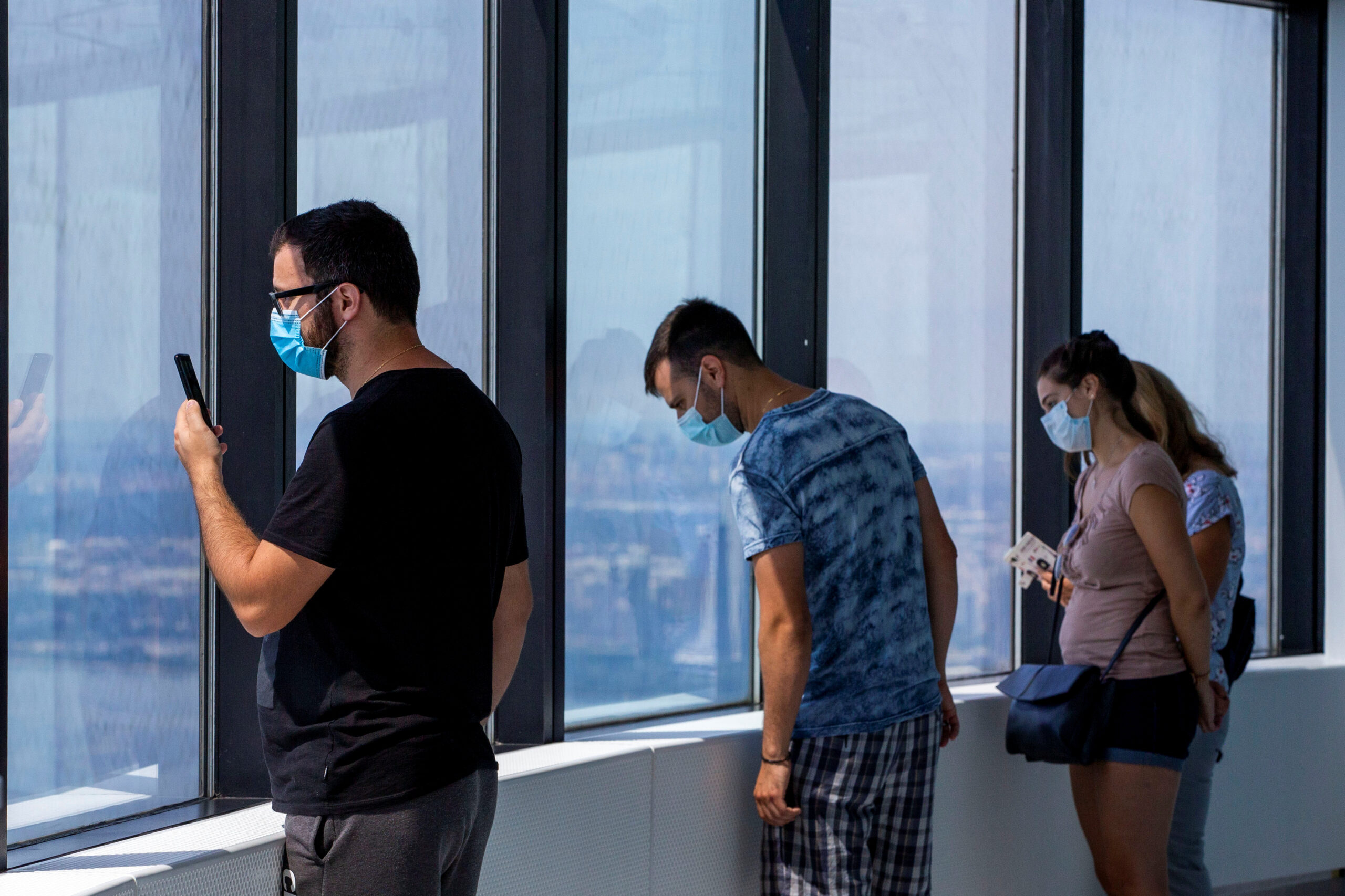
Sewon Hwang
Masks are becoming mandatory for indoor public places throughout many areas in Ontario as the economy opens its doors again.
Even though it has become the norm to see masked faces in public, the type of face coverings has been varied, from bandanas to plague doctor’s masks.
Since the second phase of the economic went into effect, surgical masks, N-95, and cloth face coverings of different colours, patterns, and shapes have been decorating the streets.
Cynthia Carr, a Winnipeg epidemiologist, said she is concerned about what people are wearing.
“None of us should be wearing N-95 masks,” she said.
She said even though the mask blocks 95 per cent of the larger particles, they often have a one-way valve, where the air inhaled is filtered but the air exhaled is not.
These masks are not a good fit for general population use because they do not filter the bacteria from the user.
“The N-95 is meant to protect the clinician because normally, you don’t think the clinician is also potentially infected,” Carr said.
“They might be dealing with somebody with measles or tuberculosis or other serious airborne viruses, but they don’t have any reason to think they have it,” she said. “So the N-95 mask is actually in no way effective in helping block the spread.”
These masks should be reserved for healthcare professionals, especially with the shortage of personal protective equipment during the pandemic.
Disposable surgical masks are very effective at blocking big droplets from sneezing and coughing, but does not have the capacity to block everything, because the sides can be loose fitting.
Carr said the best option for the public is a fabric mask for various reasons.
“They’re affordable, you can fit them properly to your face, they don’t end up in the landfill, because you can wash them and reuse them,” she said.
However, she considers it is also very important to use face coverings properly.
Masks should be taken off using the elastic, kept clean, and stored separately. Carr said resealable plastic bags are suitable to keep masks from being contaminated or contaminating others.
Fabric masks should be made of materials that do not contain polyester or any other material that does not allow airflow. A three-layer system of an inner layer of absorbent material such as cotton, a middle layer of non-woven material such as polypropylene, an outer layer of non-absorbent material, such as polyester or polyester blend are ideal, according to the World Health Organization.

“The challenge is tough, research shows at least 80 per cent or more of people have to be participating in order to block the chain of transmission,” Carr said.
Some Canadians are refusing to wear the protective equipment, even presenting fake medical exemption cards threatening legal action against business owners if they enforce the coverings.

